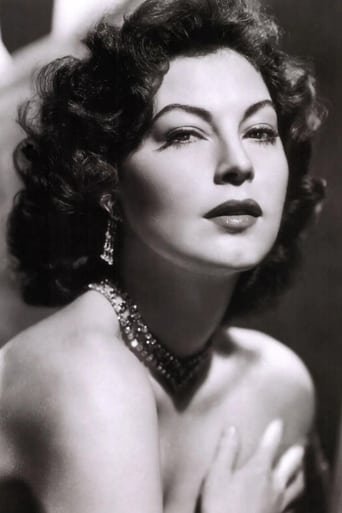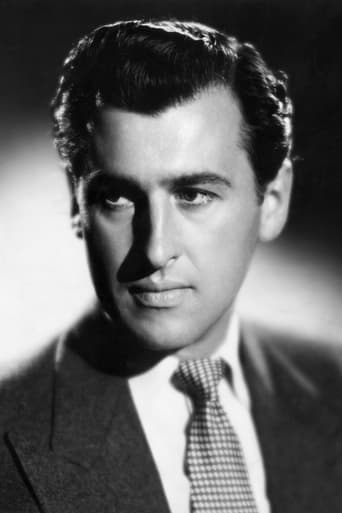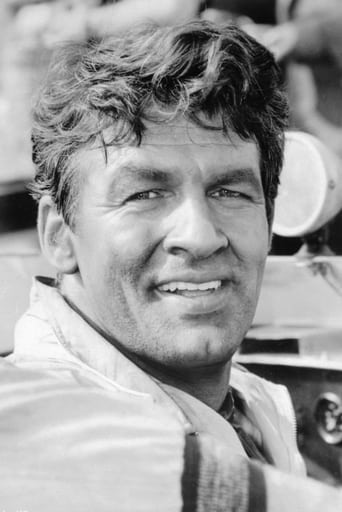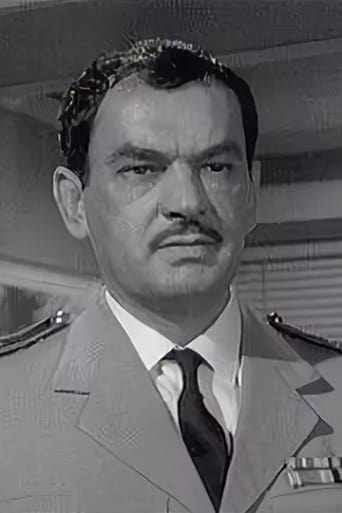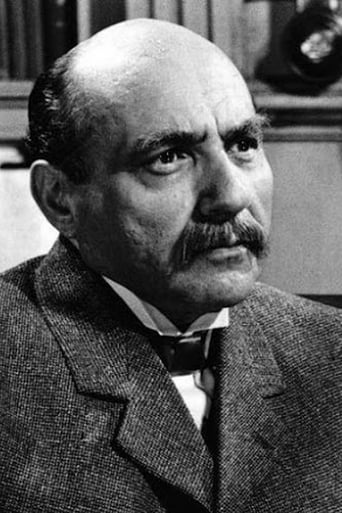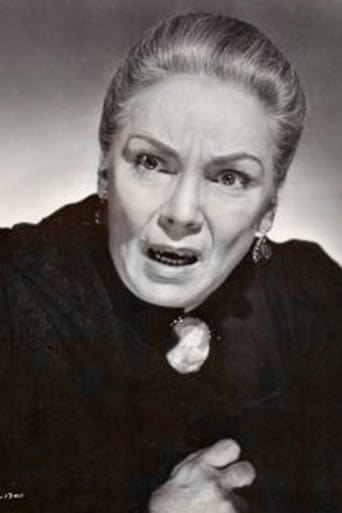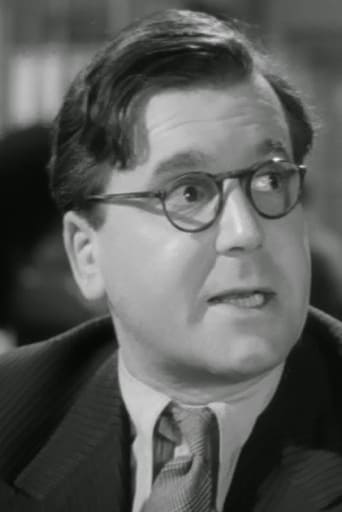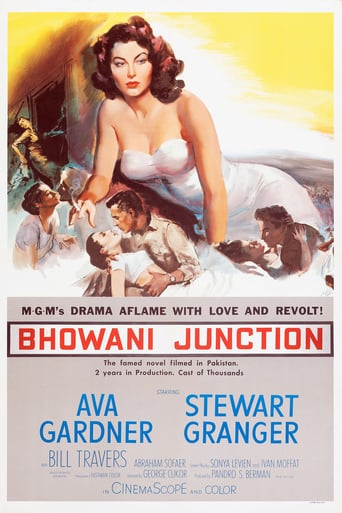
Anglo-Indian Victoria Jones seeks her true identity amid the chaos of the British withdrawal from India.
Similar titles
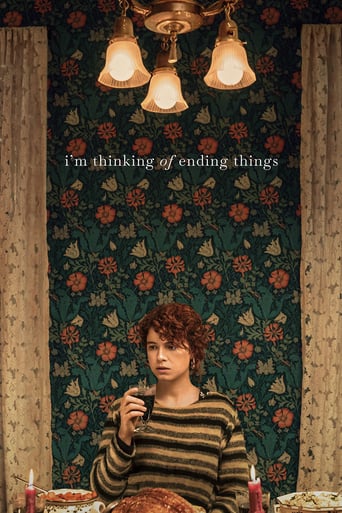
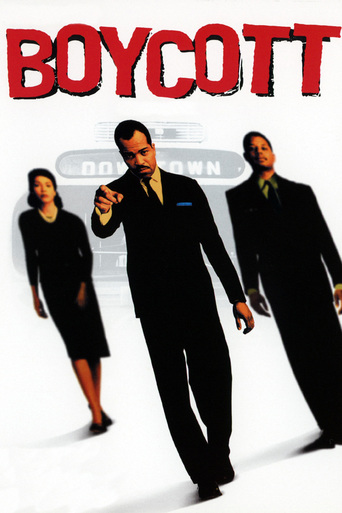
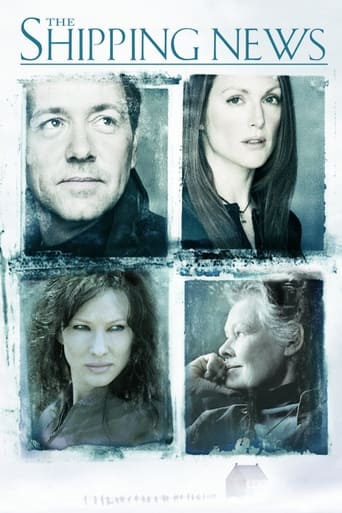
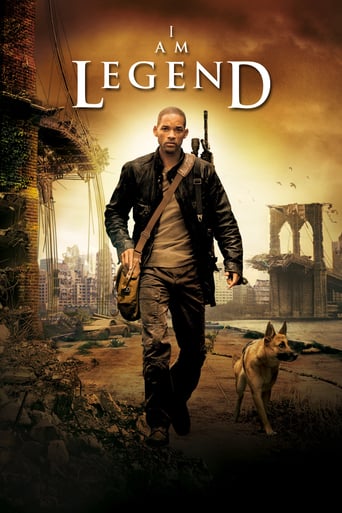
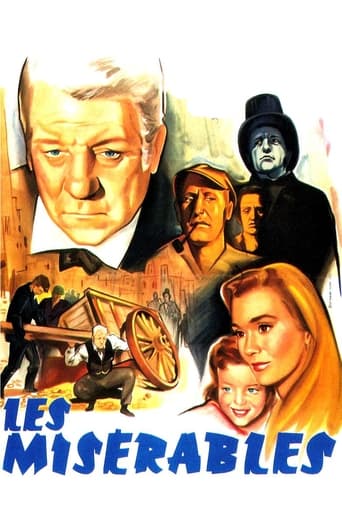

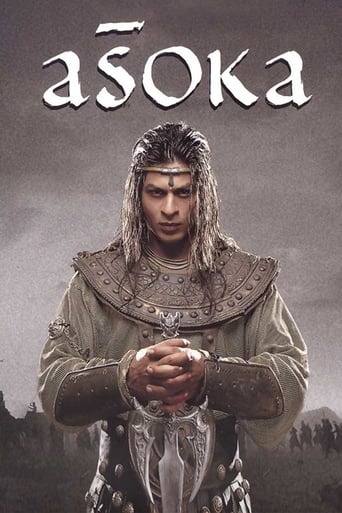
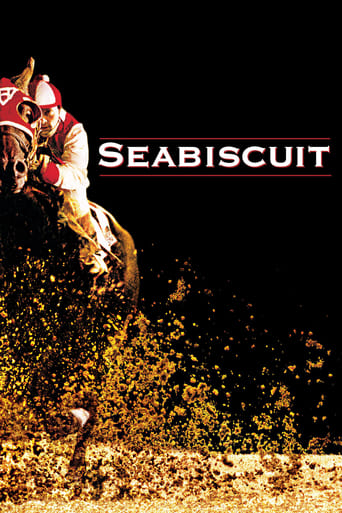

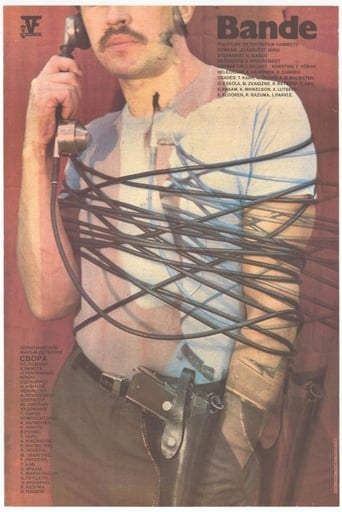
Reviews
It's not great by any means, but it's a pretty good movie that didn't leave me filled with regret for investing time in it.
There's no way I can possibly love it entirely but I just think its ridiculously bad, but enjoyable at the same time.
One of the worst ways to make a cult movie is to set out to make a cult movie.
Blistering performances.
Copyright 1956. A Metro-Goldwyn-Mayer picture. New York opening at the Radio City Music Hall: 24 May 1956 (ran five weeks). U.S. release: 8 June 1956. U.K. release: 29 October 1956. Australian release: 24 October 1956. 9,841 feet; 109 minutes. SYNOPSIS: Rioters and passive resisters attempt to disrupt the Indian railroad in 1947.COMMENT: The real joy and interest in this movie lies not so much in the stars or even in the story, but in director Cukor's impressive handling of the crowd and action footage. It will be remembered that Selznick fired Cukor from Gone With The Wind because he felt that Cukor did not have the necessary "big feel" for the spectacle scenes. In Bhowani Junction it's obvious that Cukor set to work with the primary intention of proving that producer wrong. At times, the CinemaScope screen seems filled to bursting with action. As for the plot, however, even in 1956 audiences were getting mighty tired of heroes and heroines who were seeking their identities. Although the movie recovered its huge production and distribution costs, it earned little in the way of actual profit. Ava Gardner fans were none too happy either. She is cast out of her depth here. Although she comes across with power and conviction in some scenes, in general her performance is disappointing. Granger and Travers are none too hot either. It's left to the support cast to provide the really interesting and solid characterizations. Also on the plus side are Freddie Young's picturesque camera-work and Rozsa's vibrant music score.
A film for those who like history and large-scale analog cinematography in the classic mode. While it departs in certain details from the original novel, and while it did not score well at the box office, Bhowani Junction stands in retrospect as a monument to filmmaking excellence in the epic age of Hollywood, with a fine script, great historical verisimilitude, gigantic production values, and excellent performances all around, most especially by a ravishing Ava Gardner as a half-Indian, half-English minor officer in the British colonial corps, and by Stewart Granger as her commanding officer. The star-crossed pair eventually find love amidst the coming departure of the British from India, encountering Gandhi's cadres of non-violent resistors, scheming and marauding Communists directed from Moscow, and the sexual and racial politics and ambiguities of the late colonial period. The titling styles of films in this era can feel dated, but who cares---all in all this is great stuff, and an entirely educational and pleasant way to spend a couple of hours.
Ava Gardner plays the role of a mixed race Anglo-Indian woman coming to terms with the departing Brits. It's 1947, time to pack the bags and go home. But where is her home? During the occupation of India, many British expats 'went native' and developed relationships with Indians. The resulting issues were half-British - chi-chi, a step above the native wogs but hardly the right (read white) stuff. For broadly the opposite reasons, full-blood Indians despised 'em too.Stewart Grainger plays the British army officer charged with the task of maintaining order at an increasingly rebellious outpost called Bhowani Junction. The Indians are employing Ghandi's 'passive resistance' to foul things up and expedite their colonists' departure. A romance develops between they two.This is an inevitably simplistic Hollywood take on British colonial rule. But it's nicely filmed in black and white with some very authentic locations.When Indians lie on the railway tracks in an attempt to blockade the movement of trains, Grainger's army officer has a neat solution. He threatens them with the contents of the station latrines. They call his bluff so he lest 'em have it. At least it gets the trains running on time.It's depicted as outrageous behaviour in the movie, but compared to what these people did to each other after the Brits were gone it was hardly worse than pissing in your tea. How many people were murdered during partition - was it a million? This is a very decent drama, but the stand-out performance is unquestionably Ava Gardner's who - let's face it - never played a bummer in her life.
Hollywood normally left films about British rule in India to the British themselves ("The Drum", "Black Narcissus", North West Frontier"), but "Bhowani Junction" is an exception. Certainly, John Masters' novel offered everything needed to make a thinking man's epic- an exotic setting, plenty of action, a thrilling finale and a serious theme, in this case racism. When Hollywood examined racial issues it often preferred to do so in the context of European colonialism rather than in the context of America itself. The film is set in the Indian railway town of Bhowani Junction in 1946, a year before independence. The British administrators are resigned to leaving India, but still hope to exercise an influence over the path the country will take after independence. Hence their preference for the Congress Party over the pro-Moscow Communist Party. After all Jawaharlal Nehru, the Congress leader, was a wealthy, patrician Fabian socialist, a lawyer by training, and educated at public school and Oxbridge (Harrow and Trinity College, Cambridge)- just like the British Prime Minister Clement Attlee (Haileybury and University College, Oxford). According to this film the Communists are attempting to frustrate the handover of power to the Congress Party by acts of sabotage, hoping to create chaos which will enable them to seize power themselves. Moreover, some Congress activists are also trying to hasten the departure of the British by non-violent acts of resistance, although these often play into the hands of the Communists. Unusually for a film about the Raj, the film does not concentrate solely on relations between the British colonialists and the native peoples of India. Several of the leading characters are drawn from a third group, the country's Anglo-Indian, or mixed race, community. The Anglo-Indians were, and are, a distinct community within India, bound together by the English language, an Anglocentric culture and the Christian religion. The main character is Victoria Jones, the daughter of an Anglo-Indian train driver, and the film depicts the relationships between Victoria and the three men in her life, Colonel Rodney Savage, a senior British army officer, Ranjit Singh, a Sikh active in the Indian independence movement, and Patrick Taylor, an Anglo-Indian railway official. (Many Anglo-Indians worked on the railways). The fact that Victoria's lovers are drawn from the three different communities is symbolic of her uncertainty about her own cultural identity. The Anglo-Indians tended to identify culturally with Britain rather than India, although few of them had ever visited Britain, but were not fully accepted by either the British or the native Indians, both of whom referred to them by the same derogatory term, "chee-chee". It is noticeable that Victoria's attempts to fit in with British culture are not always successful. She refers to her parents by the Latin terms "pater" and "mater", unaware that in Britain this is an upper-class affectation; no British engine driver's daughter would speak in this manner. Patrick is also torn between different identities. He dislikes the British, largely because they will not accept him as one of them, but also despises full-blooded Indians, whom he refers to as "wogs" (another derogatory term). Savage is far more liberal and tolerant about matters of race. The crisis of the story comes when Victoria kills a British soldier while he is attempting to rape her. Although the killing was clearly in self-defence, she fears that the British authorities will not, on account of her mixed-race origins, believe her version of events, so she tries to conceal the incident, thus allowing herself to be blackmailed by the Communists into assisting with one of their schemes. I said that Masters' novel offered everything needed to make an epic, and overall the film is a pretty good one, combining an exciting adventure story with an intelligent look at some serious issues. Perhaps, however, I should have said say that it offered everything needed to make an epic bar one thing- a major role for a big-name American star. Hence the eccentric casting of Ava Gardner as Victoria, who never seems convincing as an Anglo-Indian and whose accent wavers between British, Indian and American. There were, in fact, two big-name Anglo-Indian cinema actresses around this period, Merle Oberon and Vivien Leigh, but both would probably have been too old for the role, and both normally passed as white. (Oberon, in particular, denied having any connection with India and claimed falsely to be Australian). Stewart Granger is very good as Savage, a man who can be cynical and sardonic but also liberal and humane. I was disappointed, however, that most of the Indian characters were played, with some very dodgy accents, by white actors. Perhaps the casting of Gardner seems less eccentric when one considers that the film-makers changed the ending of the novel, in which Victoria ends up marrying Patrick. An ending in which a dashing white officer loses out to a mixed-race railway bureaucrat would not be in keeping with normal cinema conventions, so it was changed; Patrick dies heroically and Victoria marries Savage. Racially mixed romances were, however, a controversial subject, for some reason felt to be more acceptable on screen if the mixed-race girl who loves the white boy was played by a white actress. The Eurasian heroine of "Love is a Many-Splendored Thing", for example, another American film set in a British colony, is played by Jennifer Jones. It is ironic that films which set out to expose racism in the British Empire should also have unconsciously revealed some of the racist attitudes which prevailed in the Hollywood Empire. 7/10
Top Streaming Movies













